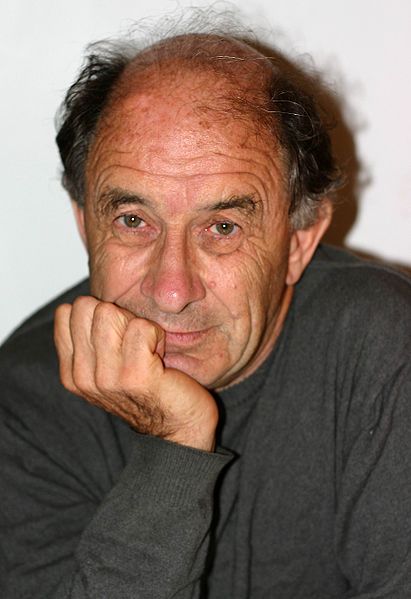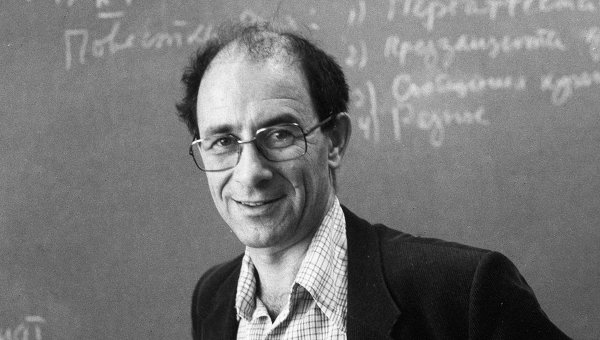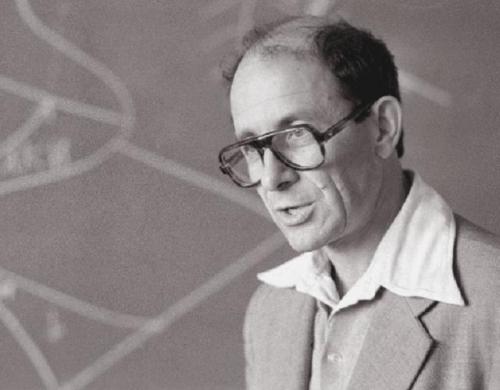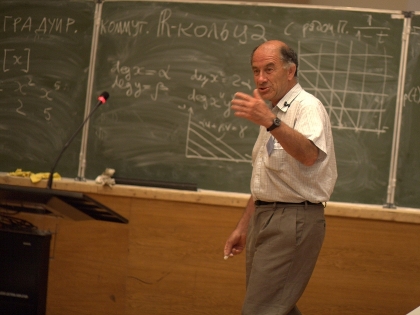<Back to Index>
- Mathematician Vladimir Igorevich Arnold, 1937
- Composer Alexandre Tansman, 1897
- Mathematician and Social Activist Zygmunt Janiszewski, 1888
PAGE SPONSOR



Vladimir Igorevich Arnold (alternative spelling Arnol'd, Russian: Влади́мир И́горевич Арно́льд, 12 June 1937 – 3 June 2010) was a Soviet and Russian mathematician. While he is best known for the Kolmogorov – Arnold – Moser theorem regarding the stability of integrable Hamiltonian systems, he made important contributions in a number of areas including dynamical systems theory, catastrophe theory, topology, algebraic geometry, classical mechanics and singularity theory, including posing the ADE classification problem, since his first main result — the solution of Hilbert's thirteenth problem in 1957 at the age of 19.
While a student of Andrey Kolmogorov at Moscow State University and still a teenager, Arnold showed in 1957 that any continuous function of several variables can be constructed with a finite number of two - variable functions, thereby solving Hilbert's thirteenth problem.
After graduating from Moscow State University in 1959, he worked there until 1986 (a professor since 1965), and then at Steklov Mathematical Institute.
He became an academician of the USSR Academy of Sciences (Russian Academy of Science since 1991) in 1990. Arnold can be said to have initiated the theory of symplectic topology as a distinct discipline. The Arnold conjecture on the number of fixed points of Hamiltonian symplectomorphisms and Lagrangian intersections were also a major motivation in the development of Floer homology.
Arnold worked at the Steklov Mathematical Institute in Moscow and at Paris Dauphine University up until his death. As of 2006 he was reported to have the highest citation index among Russian scientists, and h-index of 40.
To his students and colleagues Arnold was known also for his sense of humour. For example, once at his seminar in Moscow, at the beginning of the school year, when he usually was formulating new problems, he said:
There is a general principle that a stupid man can ask such questions to which one hundred wise men would not be able to answer. In accordance with this principle I shall formulate some problems.
Arnold died of peritonitis on 3 June 2010 in Paris, nine days before his 73rd birthday. His students include Alexander Givental, Victor Vassiliev and Askold Khovanskii. Arnold
is well known for his lucid writing style, combining mathematical
rigour with physical intuition, and an easy conversational style of
teaching. His writings present a fresh, often geometric approach to traditional mathematical topics like ordinary differential equations,
and his many textbooks have proved influential in the development of
new areas of mathematics. However, Arnold's books have been criticized
for supporting the theory with statements meant to teach an intuitive
understanding, without providing the tools necessary to prove these
statements. Arnold
was an outspoken critic of the trend of high levels of abstraction in
mathematics during the middle of the last century. He had very strong
opinions on how this approach — which was most popularly implemented by
the Bourbaki school in France — initially had a negative impact on French, and then later other countries', mathematical education. Arnold's sharp critique of Bourbaki approach was in turn criticized by other mathematicians.



